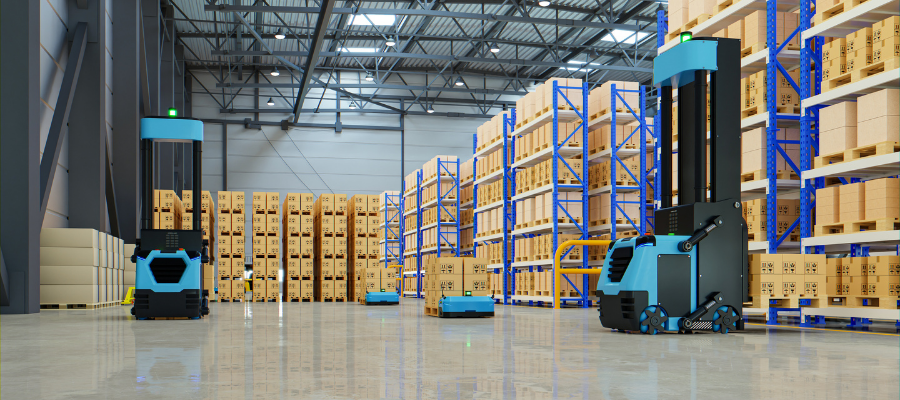When it comes to carving your digital footprint, your domain name acts as the virtual front door to your brand. It’s the first impression, the initial touchpoint that can make or break your online presence. Imagine the impact of a name that effortlessly captures your essence, resonates with your audience, and sets you apart in a sea of websites. The right domain name can be your competitive edge, drawing in visitors and securing your spot in the vast digital landscape. So, how do you guarantee your domain stands out amidst the noise and leaves a lasting mark?
Importance of a Unique Domain Name
Selecting a domain name that is distinct and memorable is vital for improving your online visibility and brand recognition. A unique domain name sets you apart from competitors and helps potential customers remember your website easily. Incorporating keywords relevant to your business can also boost your SEO rankings. Remember, a well-thought-out domain name is an essential first step towards establishing a strong online presence and driving traffic to your site.
Factors to Consider in Naming
Crafting a domain name that encapsulates your brand essence while being concise and memorable is essential for maximizing your online visibility and driving organic traffic to your website. When naming your domain, consider factors like relevance to your niche, simplicity for easy recall, inclusion of keywords for SEO benefits, and uniqueness to differentiate yourself. A strategic approach to naming can elevate your online presence and make you stand out in the digital sphere.
Tools for Generating Ideas
To enhance your domain naming process and boost online visibility, utilize cutting-edge domain name suggestion (https://www.active-domain.com/name-generator/) for generating innovative and SEO-optimized ideas. Tools like Nameboy, Lean Domain Search, and Domain Wheel can assist in brainstorming unique domain names that resonate with your brand and target audience. These tools leverage algorithms to suggest relevant keywords, availability, and domain variations, making your domain naming process strategic and effective.
Tips for Choosing the Best Domain
When choosing the best domain, prioritize keywords aligning with your brand’s identity and target audience to boost online visibility and SEO. Select a domain that is memorable, easy to spell, and reflects your uniqueness. Keep it concise, avoiding hyphens and numbers. Aim for a .com extension for credibility. Consider future scalability and make sure it resonates with your brand’s vision for a powerful digital presence.




